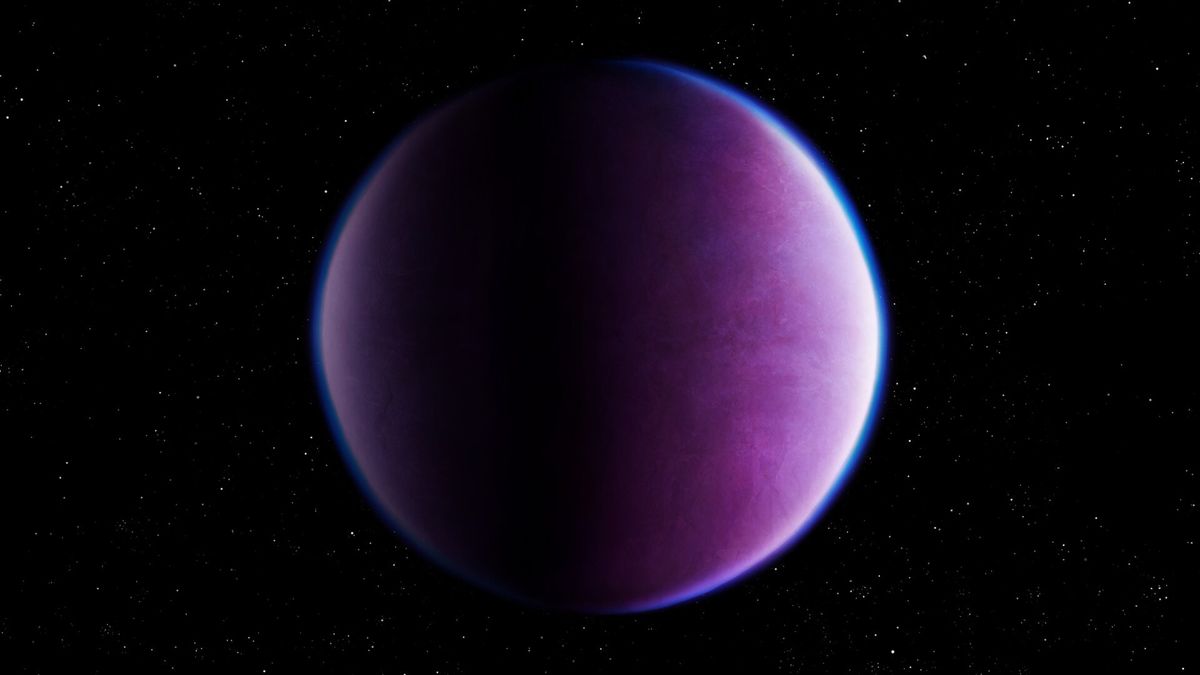Exploring the Secrets of Ancient Asteroid Families
A primitive family of asteroids is providing astronomers with a unique opportunity to delve into the history of these small celestial bodies that potentially delivered water to Earth in the distant past. The solar system is a dynamic environment, subject to numerous impacts throughout its existence, including the cataclysmic collision that led to the formation of our moon and the myriad impacts that shaped the surface of Mercury. Large asteroids in the main asteroid belt between Mars and Jupiter were not immune to collisions, resulting in their fragmentation into smaller pieces. These events spawned multiple smaller space rocks, forming groups known as “families” that share similar orbital characteristics. Over 120 such families have been identified in the asteroid belt, each offering a glimpse into the past.
Pristine Asteroid Families
While some asteroid families exhibit signs of chemical alteration due to their history of heating and differentiation, eight families have retained their primitive composition. These pristine samples are of particular interest to astronomers, as they hold valuable information about the conditions of the early solar system when the progenitor asteroids formed. The Primitive Asteroid Spectroscopic Survey (PRIMASS), led by University of Central Florida planetary scientist Noemí Pinilla-Alonso, aims to chronicle the chemical composition of these primitive asteroid families to uncover the secrets of the ancient solar system.
One of the final families studied in the PRIMASS project is the Erigone family, a relatively young group of asteroids formed approximately 130 million years ago. By analyzing infrared observations of 25 members of the Erigone family using NASA’s Infrared Telescope Facility and the Telescopio Nazionale Galileo, Ph.D. student Brittany Harvison found that 43% of the family members are C-type carbonaceous asteroids, rich in carbon and likely to contain water-bearing minerals.
Unique Discoveries
Harvison’s research revealed that the Erigone family shares a distinct composition not found in any other primitive asteroid family, with varying levels of hydration among its members. This unique composition makes the Erigone family a key target for further study, especially in the context of understanding the delivery of water to Earth. NASA’s upcoming Lucy space mission, set to visit the asteroid 52246 Donaldjohanson, a member of the Erigone family, will provide valuable insights into these hydrated asteroids. Additionally, the PRIMASS team is set to utilize the James Webb Space Telescope to observe the Erigone family and other primitive asteroids, further expanding our knowledge of the solar system’s history.
Harvison’s groundbreaking research, published in the April 2024 issue of Icarus, sheds light on the unique compositions and histories of primitive asteroid families, offering a glimpse into the ancient secrets of our solar system.
Image/Photo credit: source url





